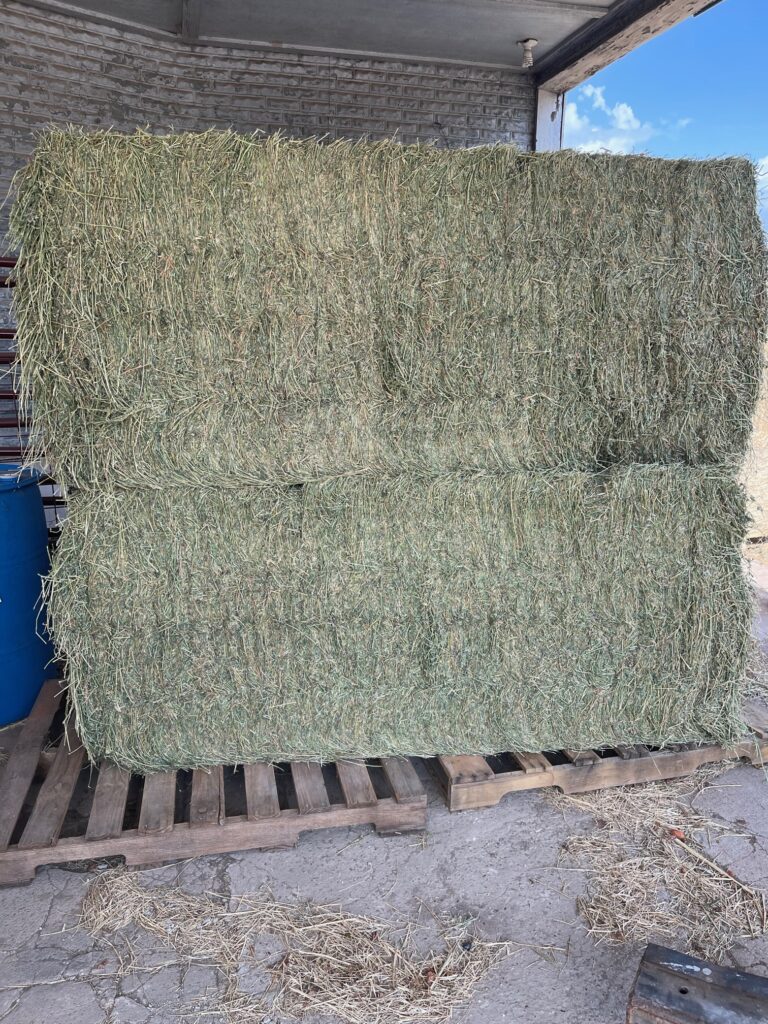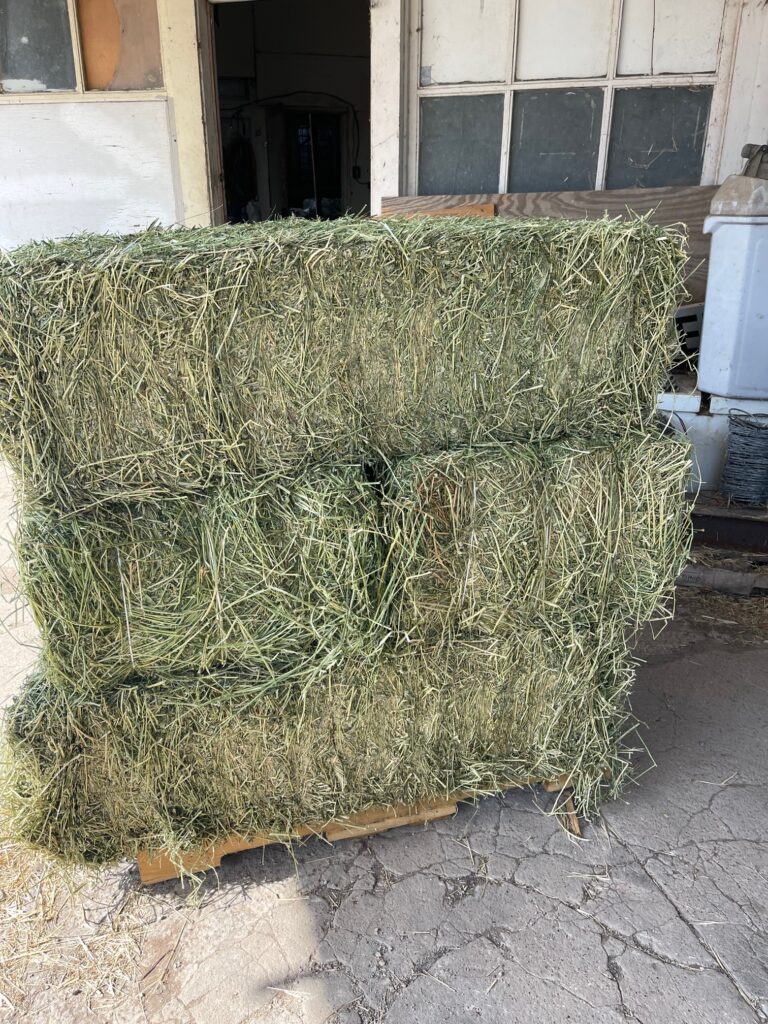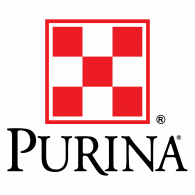Hay - Costal & Alfalfa
Hay: Providing Nutritious Forage for Your Livestock
Introduction
The Role of Hay in Livestock Nutrition
Fiber and Digestive Health :
Hay serves as an excellent source of dietary fiber for livestock. It aids in maintaining healthy digestive systems, promoting proper digestion, and preventing issues such as bloating and gastrointestinal discomfort.
Essential Nutrients :
High-quality hay provides a range of essential nutrients that contribute to the overall health and well-being of livestock animals. It contains vitamins, minerals, and proteins necessary for optimal growth, reproduction, and overall vitality.
Foraging and Mental Stimulation :
Offering hay to livestock animals allows them to engage in natural foraging behaviors. It provides mental stimulation, reducing boredom and promoting a more enriching environment for your animals.

Types of Hay

Alfalfa Hay :
Alfalfa hay is a nutrient-rich forage option that is highly palatable to livestock animals. It is known for its high protein content, making it an excellent choice for animals with increased nutrient requirements, such as horses, dairy cattle, and young growing animals.
Grass Hay :
Grass hay, such as timothy, bermudagrass, or orchard grass, provides a good source of dietary fiber and is suitable for a wide range of livestock animals. It is an excellent choice for horses, cattle, rabbits, and other grazing animals.
Mixed Hay :
Mixed hay combines different varieties of forage, offering a balanced nutritional profile. It provides a diverse blend of nutrients, making it suitable for various livestock species. Mixed hay is often preferred for animals that have less specific dietary requirements.
Selecting High-Quality Hay
Assessing Quality
When selecting hay, examine its quality by looking for the following characteristics:
– Freshness: Choose hay that is freshly harvested and free from mold, dust, or any signs of spoilage.
– Color: Opt for hay that has a bright green color, indicating its freshness and nutrient content.
– Leafiness: Hay with a higher leaf-to-stem ratio is generally more nutritious and palatable to livestock animals.
– Smell: Hay should have a pleasant, sweet smell, indicating its quality.
Consider Animal Requirements
Different livestock animals have varying nutritional needs and preferences. Consider the specific dietary requirements of your animals when selecting hay. For example, horses may require hay with lower sugar content, while dairy cattle may benefit from hay with higher protein levels.
Quantity and Storage :
Determine the quantity of hay required based on the number and size of your livestock animals. Ensure proper storage conditions to maintain the hay’s quality and nutritional value. Store hay in a dry, well-ventilated area to prevent moisture accumulation and minimize the risk of mold or spoilage.











